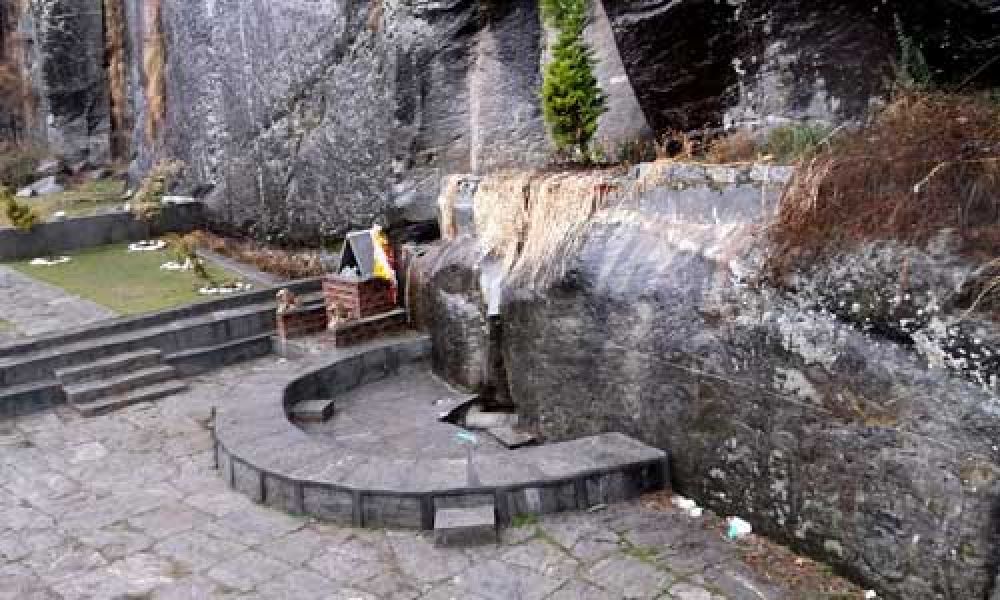

Manali, a picturesque hill station in the Kullu Valley of Himachal Pradesh, is an enchanting destination that has been capturing the hearts of travelers for decades. The town is not just known for its breathtaking natural beauty but also its rich tapestry of history and mythology. Among the myriad of attractions, Arjun Gufa (Arjun's Cave) stands out as a site of significant mythological importance that has gradually become a favored spot for tourists seeking a connection with India's epic tales.
Arjun Gufa gets its name from Arjuna, one of the five Pandava brothers from the great Indian epic, Mahabharata. Legend has it that it was here that Arjuna meditated and received the powerful Pashupatastra from Lord Indra. The cave is set against the backdrop of the mighty Himalayas, offering not just a mystic experience but also providing spellbinding views of the surrounding landscapes.
The history of tourism at Arjun Gufa is intertwined with the rising popularity of Manali as a hill station. In the post-independence era, as infrastructural development made the Himalayas more accessible, Manali evolved into a tourist hub, attracting adventurers, spiritual seekers, and nature lovers from all over. The establishment of historical sites like Arjun Gufa as tourist attractions followed naturally.
With the increase in visitors, efforts were made to develop infrastructure around Arjun Gufa to cater to the needs of tourists. Accessibility to the cave was improved, and local guides began to offer tours to share the legendary tales associated with the site. Despite these developments, the site has remained relatively unspoiled, preserving its tranquility and the sense of timelessness that it evokes.
Recently, there has been a trend of eco-friendly and sustainable tourism practices in the region. Travelers are increasingly seeking authentic and ecological tours, engaging with the local culture and environment in ways that ensure minimal impact. This is in line with current global tourism trends, which emphasize responsible travel, especially in ecologically sensitive areas like the Himalayas.
Another emerging trend is the growth of experiential travel, where visitors are eager to immerse themselves in the local folklore and spiritual practices. To meet this demand, tour operators now feature immersive experiences for tourists at Arjun Gufa, including meditation sessions and storytelling events that vividly recount the epic saga associated with this ancient cave.
For those planning a visit, Arjun Gufa is located just a few kilometers away from Manali, and can be reached via a scenic drive. The cave itself is a simple, naturally formed structure, but the sense of history and myth that surrounds it makes a visit an unforgettable experience. The best time to visit is from May to October when the weather is most favorable. However, it's essential to check local conditions and travel advisories, as the mountainous terrain can be unpredictable.
Preservation of Heritage As tourism continues to flourish, there is an ongoing emphasis on preserving the natural beauty and cultural heritage of sites like Arjun Gufa. Local government and tourism boards work together with conservationists to ensure that while promoting tourism, they also safeguard the pristine nature of these historical locations for future generations.
In conclusion, Arjun Gufa is more than just a tourist spot—it's a journey through the mists of time, where the echoes of ancient stories are still heard amidst the serene beauty of the Himalayan landscapes. Its growth as a tourist attraction is a testament to Manali's broader appeal as a destination that offers both adventure and a deep spiritual connection to the past.